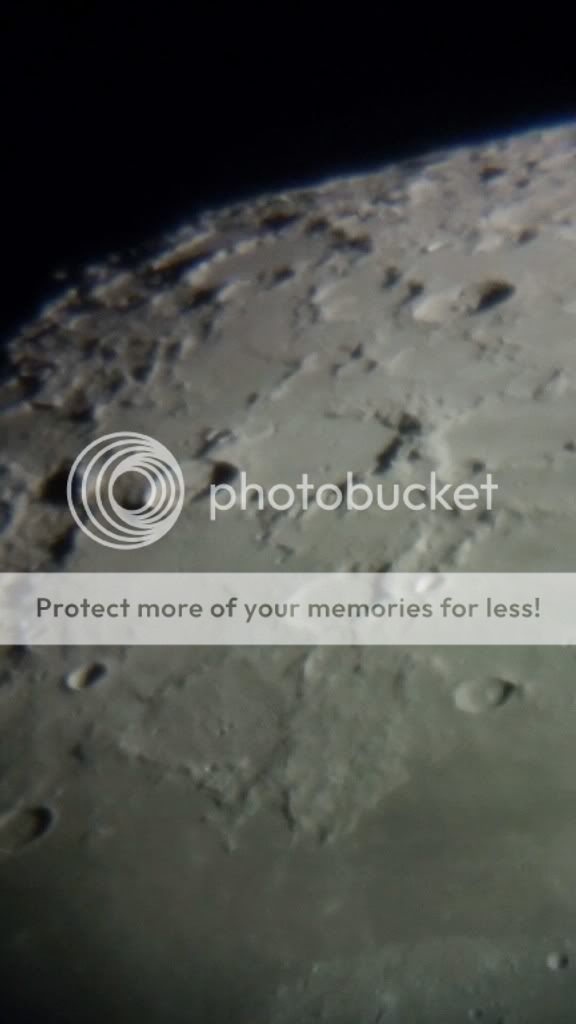Optics: Celestron C8-Newtonian reflector telescope, plossl 20mm, 2x Barlow
Mount: CG5 (EQ5)
Device: Sony HDR CX105
Filter: No
Date: 13/04/2011
Location: Baia Mare, Romania
Processing: video capture
Goldschmidt (120 km), is a large lunar crater that is located in the north of the Moon. The crater is circular, although the western edge is overlapped by Anaxagoras (51 km). Almost attached to the eastern edge of South-east is Barrow (93 km), the two craters are separated by a robust growth over a 30 km in radius. Further south is Epigenes (55 km).
Epigenes (55 km) is a lunar crater that lies just north-west of W. Bond crater. North of Epigenes is Goldschmidt,and Birmingham crater lies south-west.
Crter name is given from Epigenes of Byzantium (Greek: Έπιγένης; unknown-c. 200 BC) who was a Greek astrologer. He was a supporter of astrology, which, though scorned by many Greek intellectuals, was accepted and adopted by many Greeks from the seventh century BC.
Mouchez (82 km), is the remnant of a lunar crater that is located northwest of Anaxagora.Almost the entire eastern edge of this crater is missing, and the rest is very worn and eroded. This formation looks like a survivor arc from south to north-east. Near the southern end is a small crater Mouchez C.
Anaxagoras (51 km) is a young crater that lies in the crater Goldschmidt. In the southeast is Epigenes and south is Birmingham. Anaxagoras crater is newer, young enough to have a ray system that has not been eroded. Rays stretch at a distance of over 900 kilometers from the rim of the crater, reaching to Plato to the south.
Name of the crater comes from Anaxagoras (Greek: Ἀναξαγόρας, Anaxagoras, approx. 500 BC - 428 BC) who was a Greek pre-socratic philosopher. Born in Clazomenae , Asia , was the first philosopher who brought philosophy from Ionia to Athens. He tried to give a scientific knowledge of eclipses, meteorites, rainbows and the Sun, which he described as a mass of fire higher than the Peloponnese.




 Friday, May 20, 2011
Friday, May 20, 2011
 Unknown
Unknown





 Posted in:
Posted in: 


0 comments:
Post a Comment